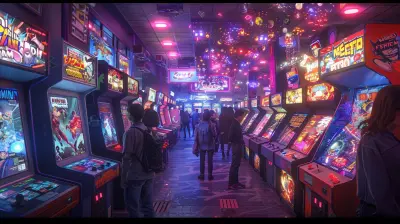Unpacking the History of Arcade Game Controls
10 May 2025
So, you want to talk about arcade game controls? Strap in, because this is about to be a bumpy (but wildly entertaining) ride through the pixelated hall of fame—and a few oddball detours along the way. Arcade controls weren’t just random buttons slapped onto a box; they’re the unsung heroes of your childhood gaming memories. Without them, high scores wouldn’t exist, your Street Fighter moves would’ve landed like wet noodles, and, let’s face it, life would have been 8-bit dull.
From the humble joystick to bizarre contraptions involving fishing rods and dance mats, the evolution of arcade game controls is as wild as that one friend who insists they can beat Pac-Man in their sleep. (You know who you are, Tim.) So grab your quarters and let's dive in!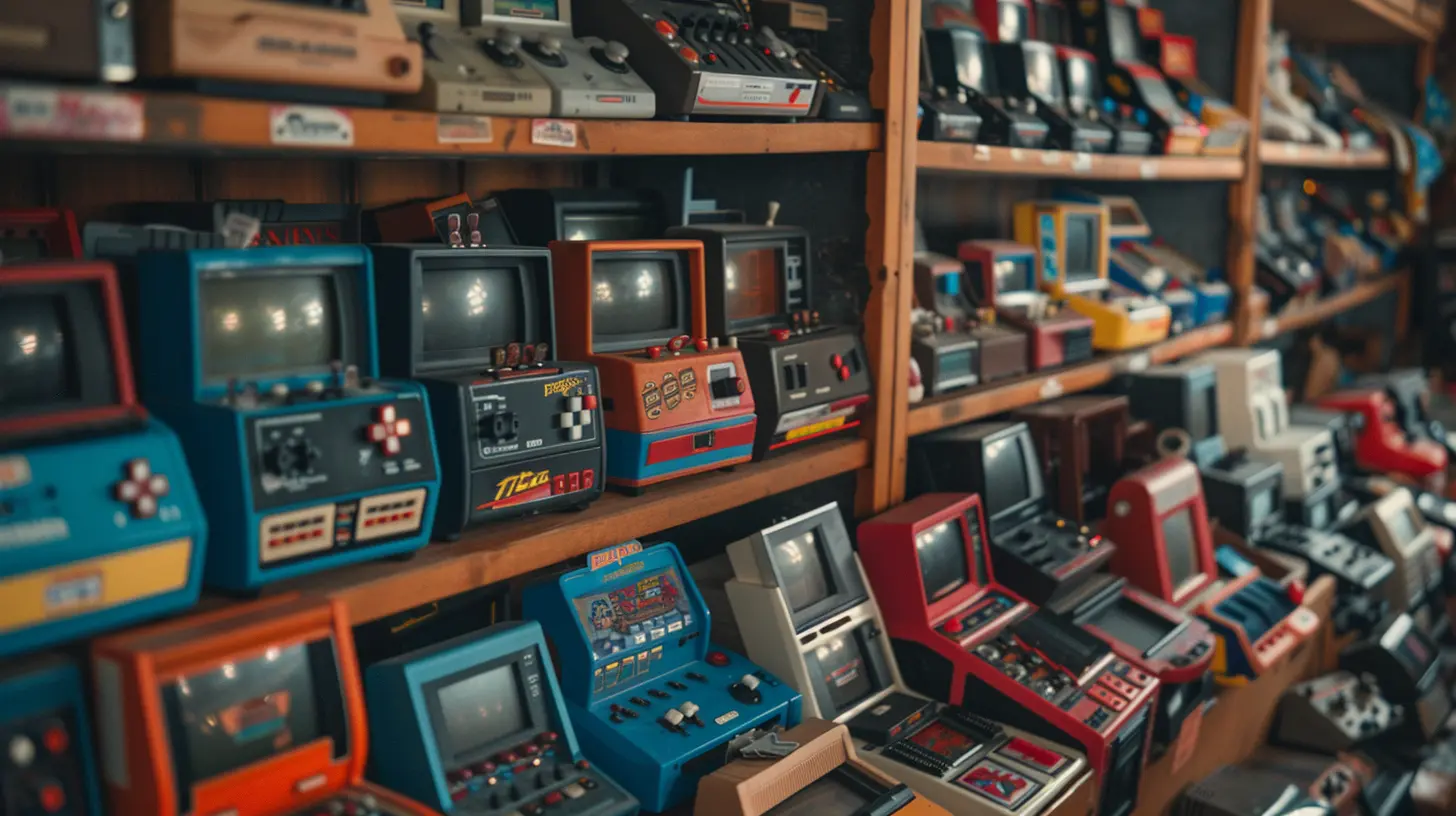
The OG of Arcade Controls: The Joystick
Ah, the joystick. The granddaddy of all arcade controls. If arcade games had a mascot, it would probably be a joystick rocking a retro headband. This little stick of magic made its debut in the early 1970s, back when game developers were like, “Wait, people want to control what's happening on screen? Genius!”Games like Pong were relatively simple and didn’t need much more than a paddle dial, but when Space Invaders and Asteroids rocked the gaming world, joysticks became the MVP of arcade controls. They were intuitive, versatile, and oddly satisfying to smack around during intense gameplay. Seriously, who needed therapy when you could aggressively yank a joystick?
But let’s not sugarcoat this—early joysticks weren’t perfect. They were clunky, had the lifespan of a dollar-store umbrella, and sometimes got stuck mid-battle. Yet, despite their flaws, they were a game-changer (pun fully intended). Joysticks laid the groundwork for modern video game controllers, and for that, we’ll forever tip our hats.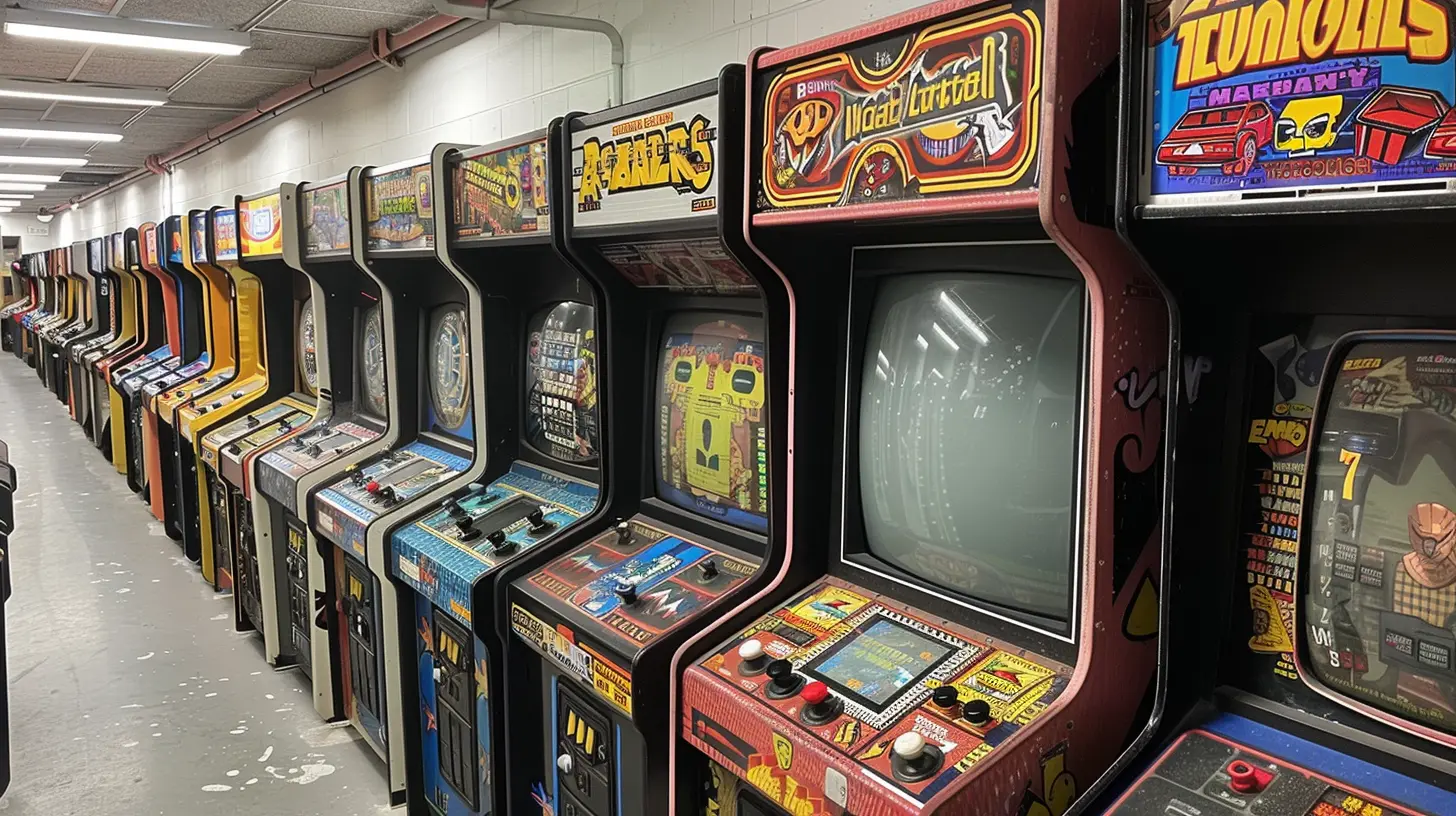
The Button Brigade: Smashing Your Way to Glory
Let’s hear it for the humble button. If joysticks were the brains of the operation, buttons were the brawn. Remember the rush of pounding that “fire” button like your life depended on it? (Spoiler alert: It did.)Arcade buttons weren’t always the colorful, LED-lit marvels we see today. In the early days, they were plain, unassuming circles that didn’t demand much attention. But as games like Donkey Kong and Street Fighter II entered the scene, buttons took on a life of their own. You had your standard “jump,” “punch,” and “kick,” but soon there were combinations that required a PhD in thumb gymnastics. (Two buttons at once? Clearly witchcraft.)
Fun fact: Some arcade pros swear that “mashing” buttons isn’t the same as “pressing” them. Mashing involves frantically slapping them in hope something cool happens, while pressing is a calculated, deliberate action. Either way, both approaches get results… eventually.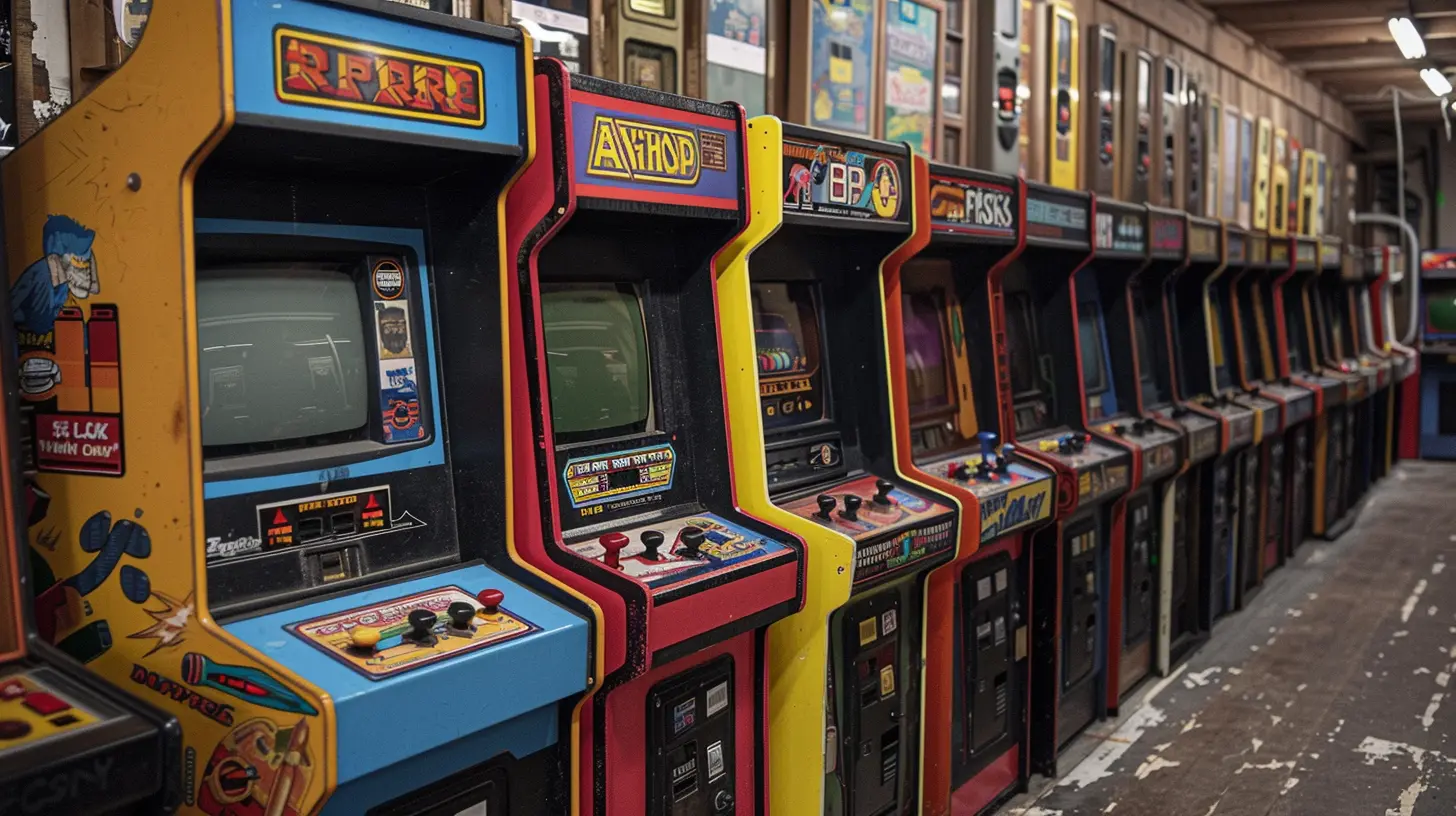
Trackballs, Wheels, and Other Roller-Coaster Weirdness
If arcade controls were a family, the trackball would be the quirky, artsy cousin who wears mismatched socks and insists on calling lasagna “structured pasta cake.” Trackballs didn’t care about conforming to the joystick-and-button formula. Oh no, they were all about rolling your way to victory.Games like Centipede and Marble Madness showed us just how much fun it was to awkwardly swirl a giant ball while trying not to accidentally elbow your friend next to you. Trackballs offered an almost hypnotic gameplay experience, like playing golf while petting a very smooth cat. (Just me? Moving on.)
Then there were steering wheels for driving games like Daytona USA and Cruis’n USA. And let’s not ignore the buzzkill that was the brake pedal, which most of us ignored because, duh, braking is for quitters.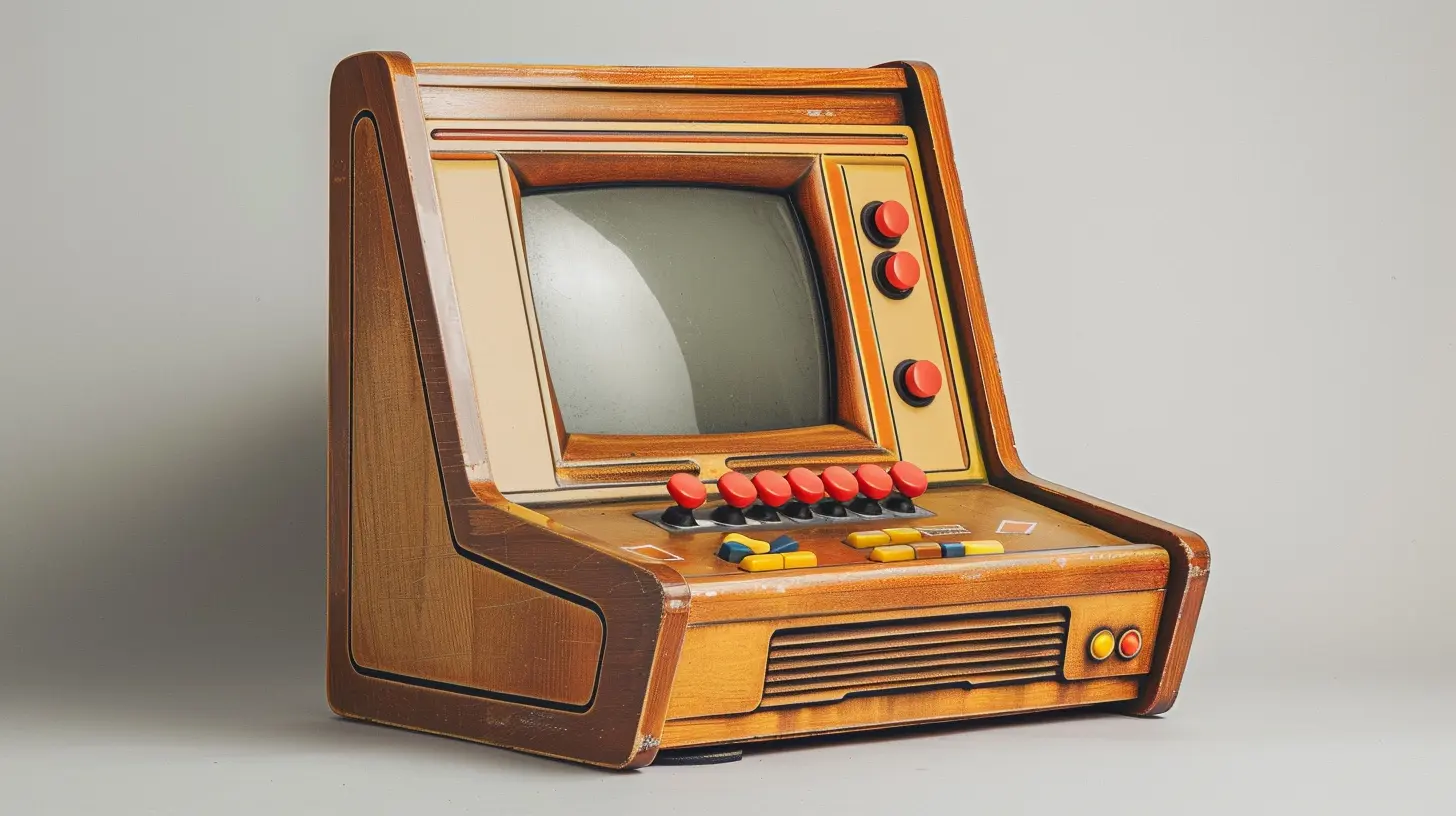
Light Guns: Bang Bang, You’re Awesome
If you ever wanted to feel like a Wild West gunslinger (or just someone who really hated ducks), the light gun was your weapon of choice. One word: Duck Hunt. Okay, I know Duck Hunt wasn’t an arcade game per se, but let’s agree that light guns in arcade titles like Time Crisis made everyone feel like an action hero.Light guns were groundbreaking because they offered a level of immersion that standard controls couldn’t. Aiming at actual targets on the screen? Heck yeah. Plus, the tactile experience of pulling that trigger was oddly satisfying—like popping bubble wrap but louder.
The only downside? Light guns were about as accurate as a toddler playing darts. You’d aim directly at a bad guy’s head, and the gun would decide to shoot off into the digital stratosphere. Still, it was fun enough to keep you coming back for more (and more quarters, naturally).
Foot Pedals and Dance Mats: When Hands Weren’t Enough
Who decided that hands should have all the fun? Enter foot pedals and dance mats, the weird uncles of arcade controls. These additions didn’t just push boundaries—they catapulted them into outer space.Take Dance Dance Revolution (DDR), for example. This bad boy turned arcades into full-blown cardio sessions. You weren’t just playing a game; you were auditioning for a Broadway dance number. If you weren’t sweating buckets by the end, were you even trying?
Foot pedals were more niche, usually paired with driving or shooting games. But they added a level of realism that made you feel like Vin Diesel in Fast & Furious. Pro tip: Always wear comfy shoes for these games. No one wants to be the person limping out of an arcade because they went too hard on the gas pedal in Initial D.
Steering Wheels and Pilot Sticks: Driving and Flying in Style
Arcade games didn’t stop at walking and shooting; they also wanted you to drive, fly, and basically live out all your high-octane dreams. Enter steering wheels for driving games and pilot sticks for flight simulators.Let’s be real: steering wheels were either the best or the worst, depending on how loose they were. A good arcade wheel made you feel like a Formula 1 driver. A bad one? Let’s just say it felt like trying to turn a boat with a pool noodle.
Pilot sticks, on the other hand, were all about precision. Whether you were dogfighting in After Burner or piloting a mech in Virtual On, these controls had a way of making you feel like Maverick from Top Gun. Cue Kenny Loggins’ “Danger Zone.”
The Rise of Weird and Wacky: Fishing Rods, Gunslingers, and Beyond
Now we get to the truly bizarre. As arcades fought to stand out, developers started slapping controls on anything and everything. Fishing rods for bass-fishing simulators? Sure. Giant hammers for whack-a-mole knockoffs? Why not. A guitar for Guitar Freaks? Rock on!These wacky controls weren’t just gimmicks, though. They were a clever way to make gaming accessible to people who might not be into traditional controls. Plus, they were just plain fun. Who doesn’t want to reel in a digital fish or swing a katana at imaginary ninjas?
VR and Beyond: Where Do We Go From Here?
Fast forward to today, and arcade controls have entered the realm of virtual reality. With motion-sensing, haptic feedback, and full-body immersion, it’s safe to say we’ve come a long way from the humble joystick. Modern arcades are blending traditional controls with futuristic tech, creating experiences that are part game, part workout, and part “what did I just play?”But here’s the funny thing: no matter how high-tech arcade controls get, there’s something timeless about those old-school joysticks and buttons. Maybe it’s the nostalgia or the sheer simplicity, but they remind us why gaming became such a universal joy in the first place.
Final Thoughts
Arcade game controls are more than just tools—they’re cultural icons. They represent decades of innovation, creativity, and, let’s be honest, a lot of smashed buttons. Whether you’re a joystick purist, a light-gun sharpshooter, or a DDR dance-floor destroyer, there’s a piece of arcade history that speaks to you.So the next time you walk into an arcade (or see an arcade cabinet in someone’s basement), take a moment to appreciate the controls. After all, they’re the real MVPs of gaming history.
all images in this post were generated using AI tools
Category:
Arcade GamesAuthor:

Aurora Sharpe
Discussion
rate this article
4 comments
Valen McCray
Great insights! Love learning about the evolution of controls.
May 20, 2025 at 1:18 PM

Aurora Sharpe
Thank you! I'm glad you enjoyed the exploration of arcade game controls' history!
Rune Rogers
Controls shape gaming magic!
May 11, 2025 at 3:37 PM

Aurora Sharpe
Absolutely! Control mechanics have been pivotal in defining the gaming experience, influencing how players interact with and enjoy arcade games throughout history.
Jack McBride
In the dance of joysticks and buttons bright, Echoes of the past, where gamers took flight. Every click, a memory, each push, a thrill, Arcade dreams linger, igniting our will.
May 10, 2025 at 2:33 PM

Aurora Sharpe
Thank you for beautifully capturing the nostalgia of arcade gaming! Your words perfectly reflect the enduring passion and memories associated with those classic controls.
Lorelei Cantu
This article provides a concise yet insightful exploration of arcade game controls, highlighting their evolution and impact on gaming culture. A must-read for both nostalgic gamers and newcomers alike!
May 10, 2025 at 3:34 AM

Aurora Sharpe
Thank you for the kind words! I'm glad you found the exploration of arcade game controls insightful.



